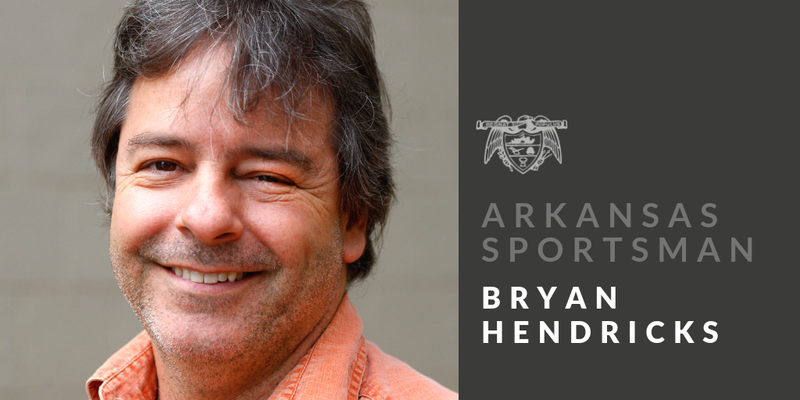Bass anglers frequently ask why the Arkansas Game and Fish Commission doesn't stock bass more aggressively in our lakes and rivers.
Jason Olive, assistant chief of the commission's fisheries division, explained the agency's policy during the commission's monthly work meeting on Oct. 20. Commission members are avid bass anglers, and they listened raptly to Olive's presentation.
"There are three reasons why we stock bass," Olive said. "We do it to increase the trophy potential of body of water, to supplement poor reproduction in degraded habitat, and to create a new fishery after a renovation."
Just as important are the wrong reasons to stock bass, Olive said. Chief among the wrong reasons is stocking bass to increase bass numbers.
"That is a bad reason because it doesn't work," Olive said. "People ask us all the time, 'Why can't you just add some more?' The reason is carrying capacity. There's only so much food, and only a small percentage of bass make it to their first birthday."
On a statewide scale, commission fish hatcheries can't begin to compete with natural production on just one lake.
"One-hundred and thirty, three-pound female bass will outproduce every bass hatchery in America," Olive said. "Bass spawn every year. There are years when very few young reach their first birthday. The Corps [of Engineers] might drop the water level. Weather is a factor. There are all kinds of factors."
A lake or river's biological carrying capacity depends on fertility and habitat, which determine food chain vitality. In optimum conditions, Olive said, biologists like to see a strong year class of bass every three to five years.
"You can't stock your way out of bad habitat," Olive said.
To increase a lake's trophy potential, the commission stocks Florida strain largemouths. Only the southern half of the state is suitable for Florida bass.
Olive said that the Oklahoma Department of Wildlife Conservation and the Tennessee Wildlife Resources Department have determined that Interstate 40 is the northern boundary for Florida bass viability. In Arkansas, Lake Conway is about the northern limit.
"Florida bass tend to live longer under the right conditions, and they have faster growth after age three with the right conditions," Olive said. "They are also harder to catch than native northern largemouth bass."
The commission's goal for stocking Florida largemouths is about 2 million fingerling. That does not increase the number of bass in a lake substantially, but Olive said it should increase the percentage of bass in a lake that reaches or exceeds 8 pounds. The downside is that the size potential starts decreasing as the initial Florida bass stocks cycle out of the population.
One place where stocking does improve bass numbers, Olive said, is the Arkansas River. It was once a phenomenal fishery, but the McClellan-Kerr Navigation Project has destroyed most bass spawning habitat.
"Between 1984 and 2015, over 30 percent of the Arkansas River's backwater habitat was lost," Olive said. "The best spawning habitat is now dry land, or it is severely degraded habitat."
Habitat loss is even greater when you factor in the amount of backwater habitat that is in the process of converting to dry land. Once productive spawning habitat is only 1-2 inches deep, with silt bottoms where bass cannot spawn.
"Of the hundreds of studies that have been done evaluating bass stocking in the United States, the Arkansas River and Ohio River are two of a few that have ever shown a positive contribution," Olive said. "We're actually adding to the population there. When you're not getting a natural spawn in any year, that's where it can work."
Stocking bass also shows a positive contribution in a handful of levee lakes in the Mississippi River Delta. Those lakes contain overpopulations of sunfish that eat most of the eggs that bass produce naturally every year.
The commission traditionally used a method of bass production called Wild Spawn, said Tom Laird, a regional fisheries supervisor. Hatchery personnel use 10-12 breeding pairs of bass per acre in 50-60 surface acres. They produce about 200,000 fingerlings. It is not an economical method.
An alternative method called mat spawning has produced excellent results more efficiently. It takes less area to produce fish, and it reduces cannibalism, Laird said. In 2016-17, mat spawning produced 1.25 million fish. That number increased to 2.5 million in 2021, when operations were moved to the Joe Hogan state fish hatchery.
From the time an egg hatches, it takes about 50-60 days for a bass to reach 2 inches long, Laird said. Those fingerlings are stocked only where they can help satisfy scientifically justifiable objectives.
